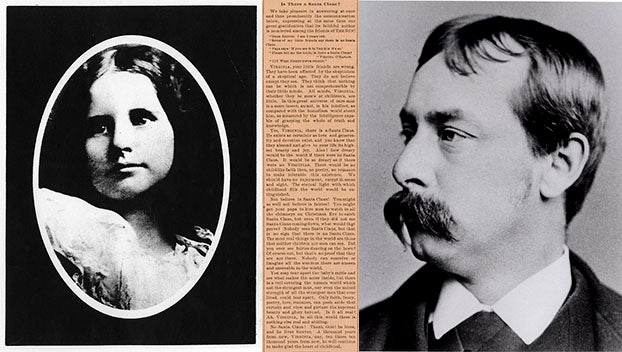Training that’s important
Published 6:04 pm Wednesday, September 11, 2013
After a long day of work and more than enough responsibilities of his own, David Crosby stood in front of a room of teenagers and fielded questions about nose bleeds and shin splints.
Crosby, director of fire training and special projects at Beaufort County Community College joined Ronda Smith, an instructor at Vidant Beaufort Hospital, to offer Washington High School students an opportunity to earn certification in first aid, CPR and AED.
It wasn’t just a 20-minute lecture and a question-and-answer session. The session lasted eight hours and included hands-on training.
There are plenty of places that offer similar training, but for students who do not necessarily have the transportation to attend them or the funds to pay for them, those eight hours made all the difference.
The course was offered to student trainers who volunteer at every sports game and practice. It gave them the skills and the confidence to assist the school’s certified athletic trainer. Those eight hours gave Washington High School athletes a crew of peers at the ready when (not if) injuries happen.
This sort of training has a ripple effect. If they drop the course tomorrow and never work as student trainers in sports medicine, the students who earned the certification will still benefit.
The training will give these students an upper hand in finding employment. Lifeguards and hospital workers are required to have the training, but they are not the only ones. Some public schools require teachers to have the certification. Child care workers, certified nursing assistants, loggers, child foster homes, some utility and construction workers and child-placing agencies need the certification, as well.
College applications will look a little better, and these students might very well save lives someday.




